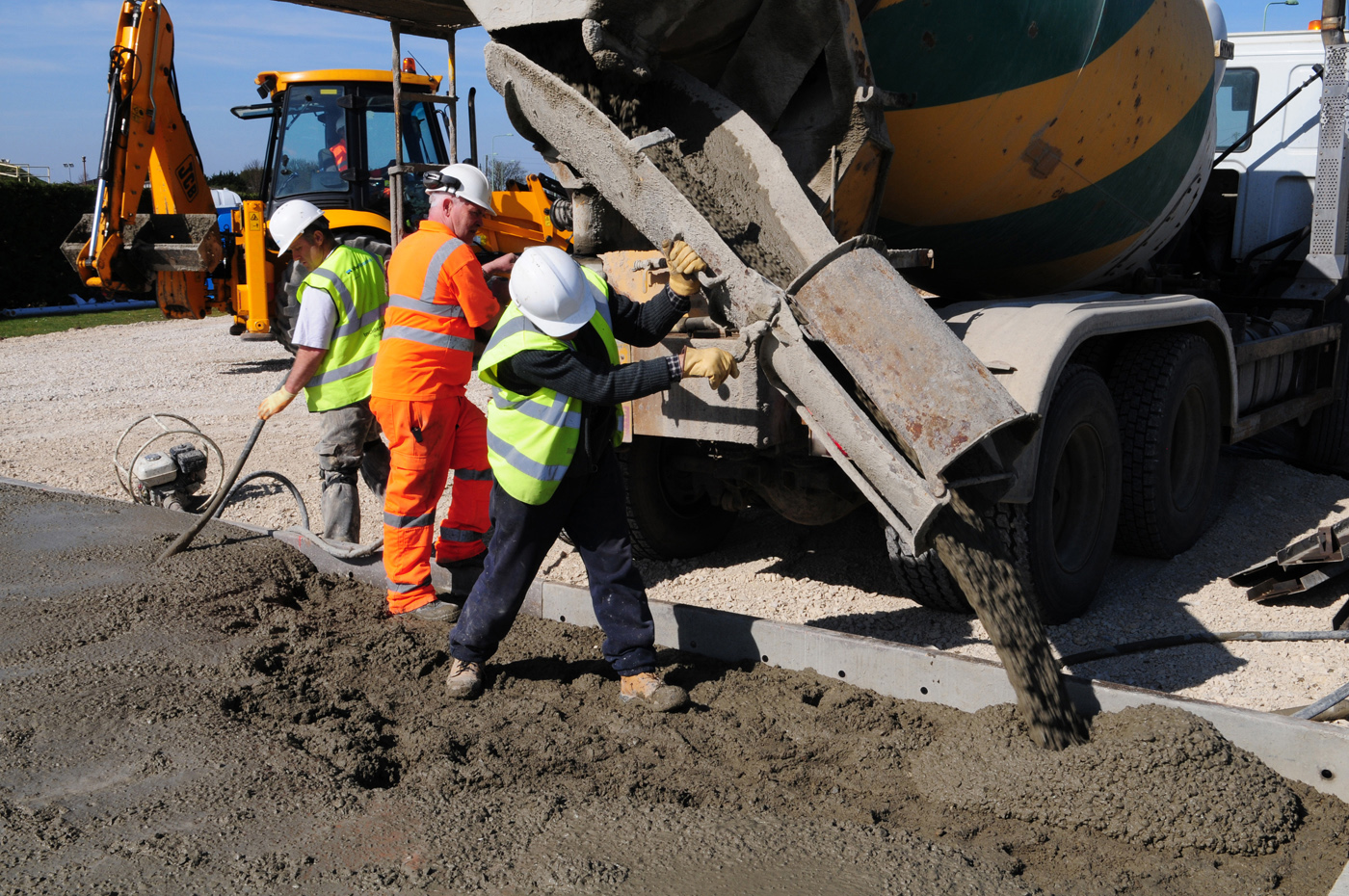When constructing a road, there needs to lay down the base course material right before hot mix asphalt is laid, and that process is done through the Wet Mix Macadam. The materials used for the sub-base, base, or existing pavement are prepared in a plant as per the specifications provided. Once it is prepared, it is brought to the site for overlaying and rolling under the guidelines of engineers.

The WMM process is a newly developed concept. Earlier, it was done through the WBM (water-bound macadam) process. Though the WBM process is cheaper than the WMM, the latter gives plenty of benefits. In short, the outputs of WMM pay off the debt. So, let’s find out the benefits we get from the WMM process.
- The roads constructed through the WMM process are durable
- The WMM roads get dry sooner as compared to the WBM
- The WMM process allows the construction of roads faster than other processes
- Roads can be ready in no time and can be applied or topped with Bituminous layers soon after the laying process is done
- WMM process saves plenty of water
Apart from that, the WMM machines are easily operated and give a bunch of benefits.
Similarly, there are so many additional benefits that can compensate you well if you use this wet mix plant to construct the road.
Here’s the list of components that set the Wet Mix Macadam plant apart from others.
- Feeders
- Vibrating Screen
- Conveyor
- Pug Mill Mixer
- Conveyor
- Silo or Hopper
- Water tank
- Control Panel
Aggregate Feeders: It’s a four-bin aggregate with a manually adjustable gate in each to store four types of aggregates. It helps to discharge the materials and smoothens the wet mix process.
Vibrating Screen: It works to filter the oversized aggregates and deliver them to the charging conveyor belt.
Conveyor: The conveyor or charging conveyor delivers the material to the pugmill mixer and which is then filtered through a vibrating screen. Once the panel receives the material, the water and cement flow gets synchronized and eases the mixing process.
The pug mill mixer consists of liner plates, arms, and tips, and spreads materials when it comes in contact with water.
At last, the loadout conveyor transfers the mixer to the storage, which is later transmitted to another truck for further processing.
All components are used during the process to simplify the mixing process and help wet-mix macadam plants achieve the highest goal.
The wet mix plant is very much in trend for its friendly features, including ease of operation, providing high-quality services, and giving a satisfactory result to the builder.
Last but not least, in the fast-developing world, people demand quick and reliable services, and Wet Mix Plant will meet such a challenge for sure. A builder has to go through many uninvited challenges while constructing roads.
Hence, the WMM plants will help in tackling all the challenges that occur during the course.
Get High-Quality Wet Mix Macadam Plants – Contact Us Now!
Looking for top-quality wet mix macadam plants for your road construction projects? Look no further than Kaushik Engineering Works, one of the leading road construction equipment manufacturers in the industry. Contact us at info@kaushikengineeringworks.com or call us at +91-9825164764 to learn more about our wet mix macadam plants and how they can improve your road construction process. Our expert team can answer all your questions and help you choose the best equipment for your specific needs.

